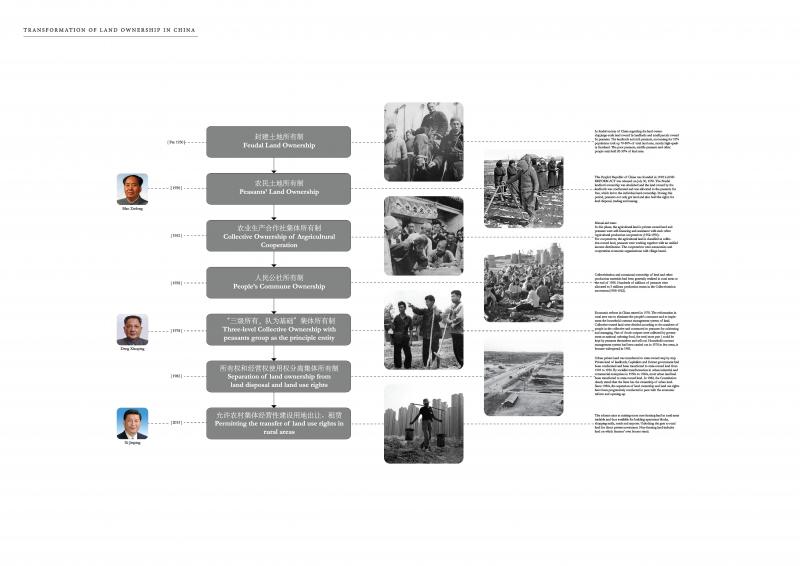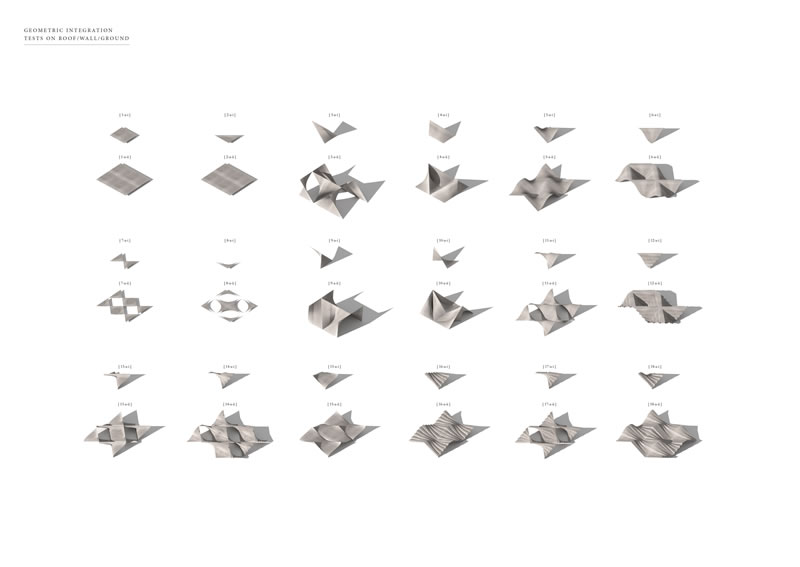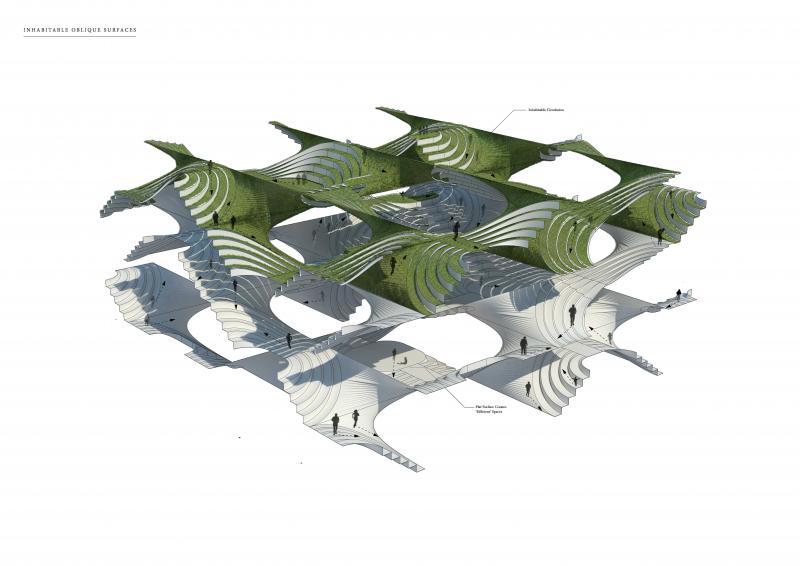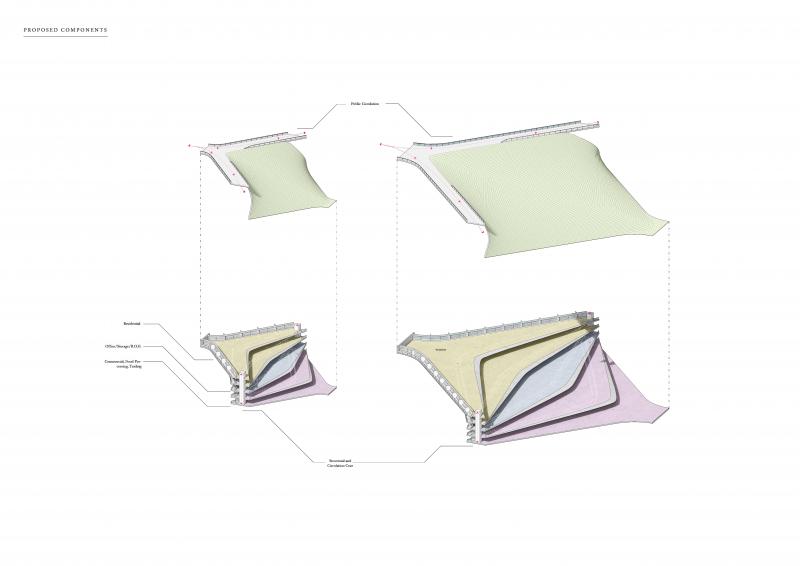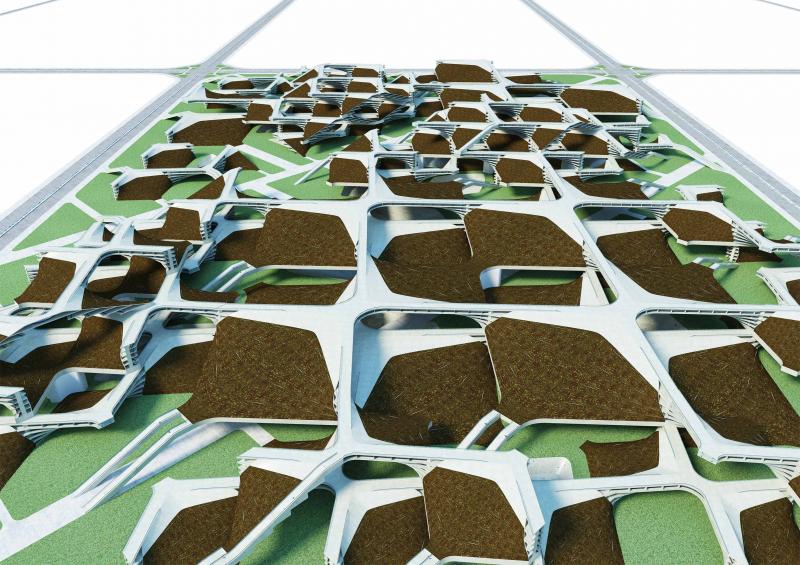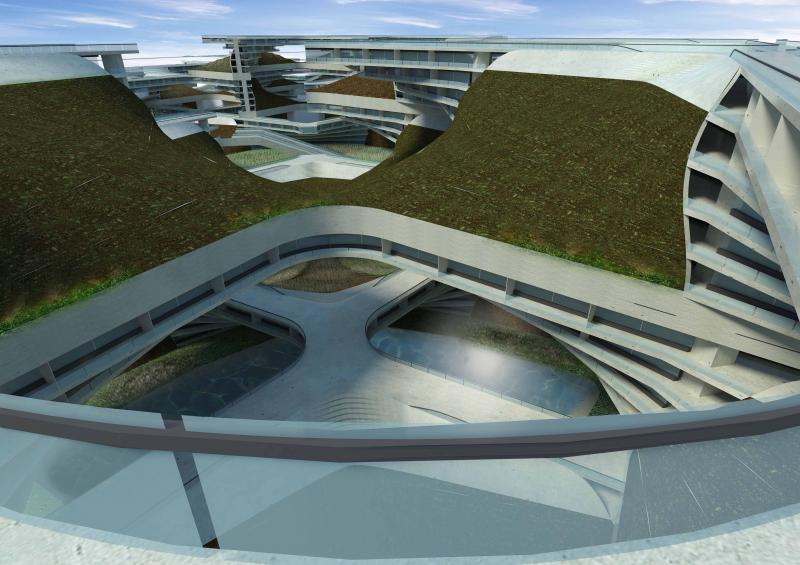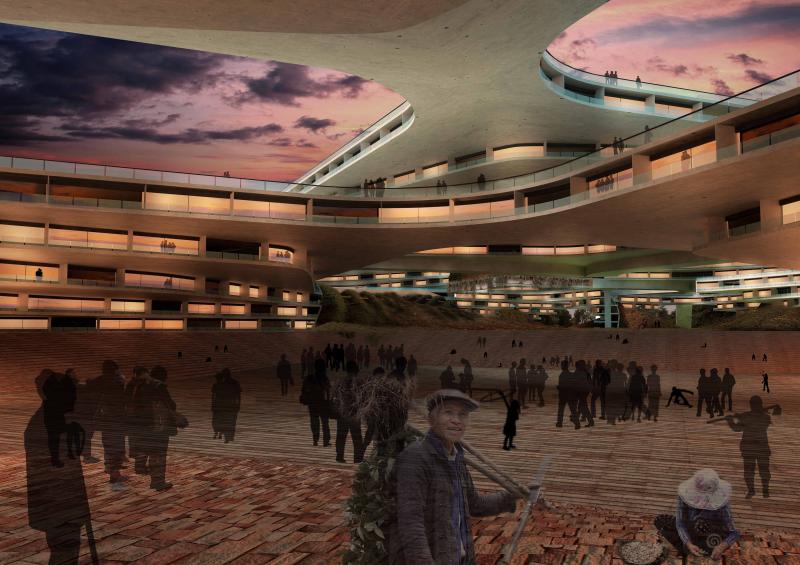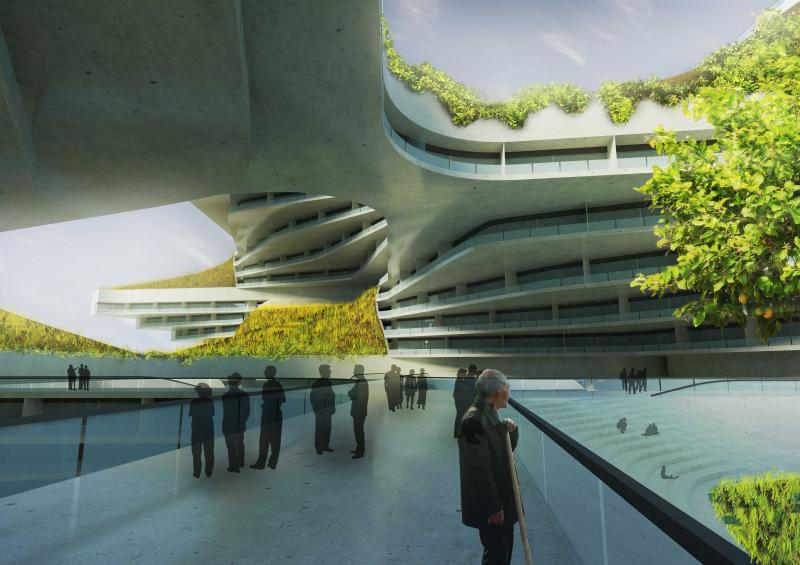Recent years, China faced with slowing exports, Communist leaders are pushing ahead with a gigantic, historic plan to move 95 million rural residents into towns and cities by 2020 to boost domestic demand in infrastructure and goods. China’s rural diaspora began decades ago, as millions left their villages for factory work in cities. The planned economy under the chinese communist party dictates this new period of resettlement. As apartment blocks are erected on farmland, villagers turn – willingly or not – into urbanites. Devoid of skill, millions of newly landless farmers forced to adapt to a new urban life as China hurtles towards massive new phase of urbanisation.
November 2013 the Chinese Communist Party has, for the first time, allowing rural residents to lease their land use right, attempting to unlock the Rural areas for further urbanization. The project speculates on the effect of this new policy in the rural landscape of China, anticipating the increasing speed of urbanization. In an attempting to develop a new paradigm reconciling the contrasting needs of urban growth and rural sustenance within the context of china, the project tries to introduce plurality into the landscape. By doing so, it questions the current urbanisation process by bringing forward the complex and contradictory realities of a productive landscape.

